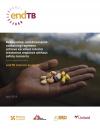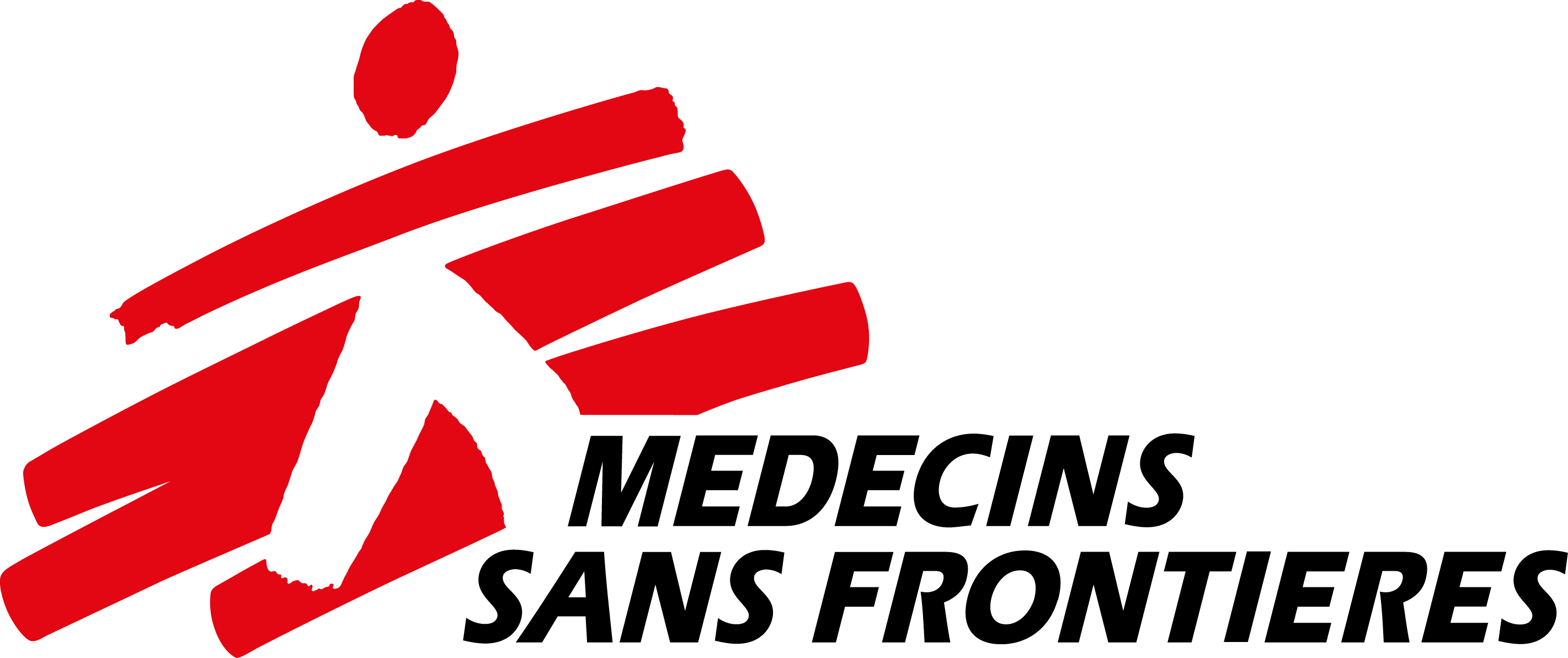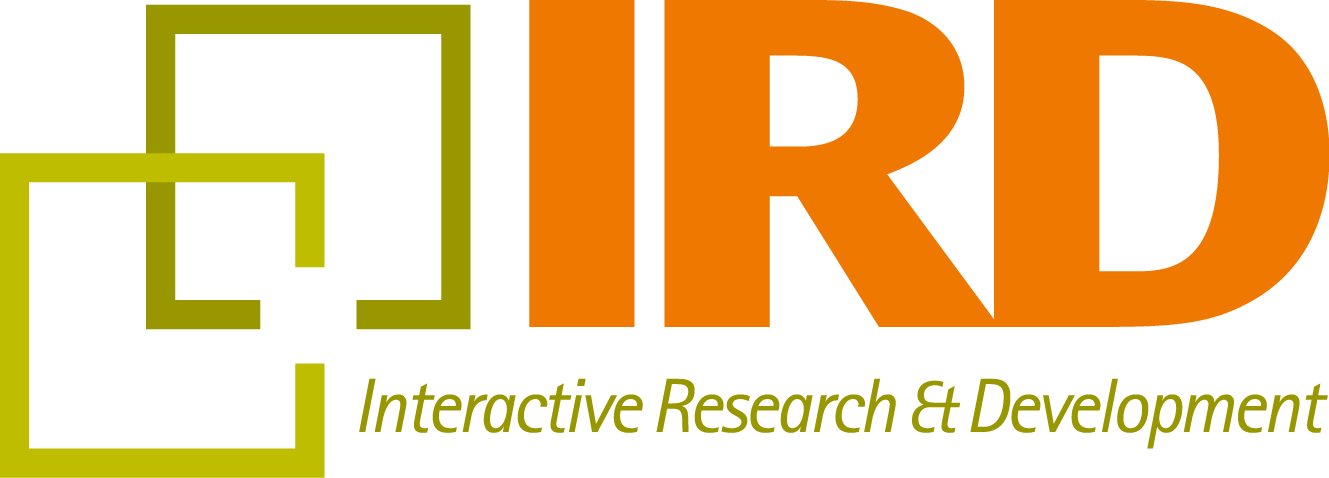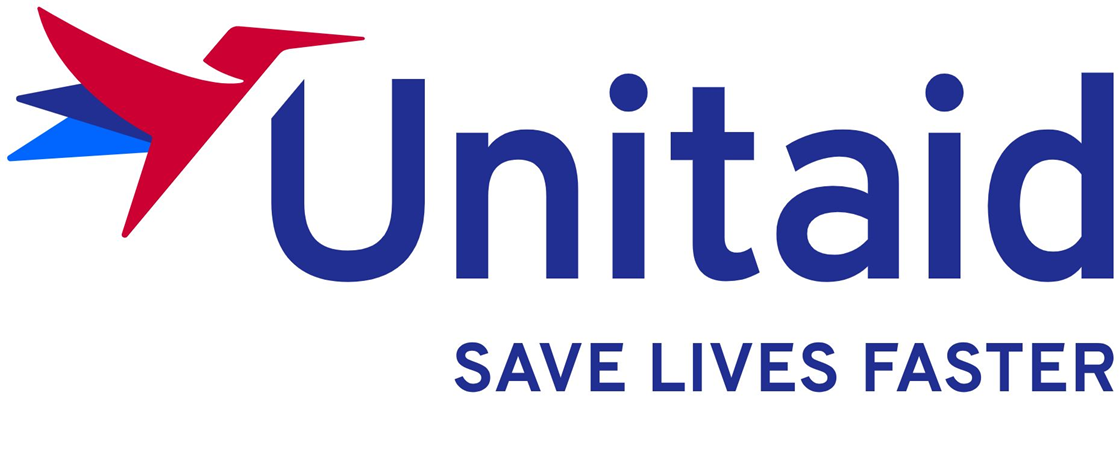
Executive Summary
Each year, there are an estimated 600,000 new cases of rifampicin-resistant (RR) or multidrug resistant tuberculosis (MDR-TB) patients. Globally, the cure rate for MDR-TB is only 54%. Bedaquiline and delamanid were approved for use in MDR-TB patients in 2012 and 2013 respectively, the first two new drugs for TB developed in 50 years. Despite the dire need for improved treatment for MDR-TB, there has been surprisingly little uptake of delamanid and bedaquiline globally. endTB was established to address barriers to access of these two drugs, such as lack of country registration, high price, and lack of clinician and National TB Programme experience. It is funded by Unitaid and implemented by a consortium of non-governmental organizations—Partners In Health (PIH), Médecins Sans Frontières (MSF), and Interactive Research and Development (IRD)—in partnership with National TB Programmes around the world.
One of the main activities of endTB is a multi-centre observational study of the effectiveness and safety of delamanid and bedaquiline. The endTB observational study follows patients who receive treatment regimens containing bedaquiline or delamanid in 17 countries on four continents. This is the largest closely followed cohort of patients receiving bedaquiline or delamanid in the world. This study started in April 2015 and continues to enroll patients currently.
This interim analysis presents the results of three different analyses:
Safety Analysis: What types of adverse events are observed in patients receiving multidrug regimens including bedaquiline or delamanid?
Delamanid Analysis: What is the evidence for or against the use of delamanid in multidrug regimens for RR/MDR-TB?
Injectable Analysis: What is the evidence for or against the use of injectable-sparing regimens for RR/MDR-TB when bedaquiline or delamanid are available?
The entire primary research cohort (consisting of 1,244 RR-TB patients initiating bedaquiline or delamanid between 1 April 2015 and 30 June 2017) was included for the Safety Analysis. While QT interval prolongation is a concern with the new drugs, in the endTB observational study, clinically relevant QT interval prolongation was found to be much less frequent than clinically relevant AEs associated with conventional second-line TB drugs. Only 2.7% of patients experienced a QTcF > 500 ms, while AEs associated with injectables or linezolid were much more common. 35.6% of patients who received an injectable were estimated to experience at least one injectable-related toxicity (hearing loss, acute renal failure, or hypokalaemia/ hypomagnesemia). 19.9% of patients receiving an injectable experienced new or worsening hearing loss. 11.0% of patients receiving linezolid experienced at least one toxicity commonly attributed to linezolid (peripheral neuropathy, optic neuritis or myelosuppression).
A total of 658 patients were included in the Delamanid Analysis. In general, patients receiving delamanid had a high rate of comorbidities, including HIV (18%), diabetes (18%) and hepatitis C (21%). A majority had bilateral disease and cavitary disease apparent on their baseline chest X-ray and one-third had XDR-TB. Overall, 79% (95% CI: 73%-85%) experienced culture conversion within six months. Conversion probabilities were similar for HIV-negative patients, those with XDR-TB, those with XDR-TB or pre-XDR-TB with fluoroquinolone resistance and those receiving five likely effective drugs, but were notably lower for the 32 patients living with HIV (63%; 95% CI: 31%-82%).
The Injectable Analysis included 633 patients, of which 353 were on a second-line injectable (SLI) at initiation of bedaquiline or delamanid. Patients with strains susceptible to injectables had higher odds of culture conversion at six months when receiving an injectable compared to those who did not receive an injectable, although this finding was not statistically significant. In contrast, there was no added benefit of an injectable in patients with injectable- resistant strains.
Overall, there is no evidence of any major safety issue with either delamanid or bedaquiline. QT interval prolongation is known to be associated with both drugs, but in the endTB cohort, clinically relevant prolongation was not very common. All deaths and other serious AEs were reviewed by the MSF PV unit—no unexpected safety signals have been found to date. While clearly there is a role for ECG screening in MDR-TB treatment, more resources and energy should be allocated to screening for more common and potentially more deadly AEs that are associated with other drugs.
The endTB data is consistent with previous studies showing that delamanid is an effective drug in the treatment of MDR-TB. Culture conversion within six months in patients who receive delamanid-containing regimens appears to be quite good in this cohort of highly chronic and very resistant MDR-TB patients. Delamanid also has very few safety or tolerability issues; it should be strongly considered as an effective and safe drug when constructing an MDR-TB regimen.
When deciding to replace the injectable in individual patients, clinicians and patients need to weigh the benefits and the risks. The endTB interim results suggest a benefit of improved six-month culture conversion in patients with non- injectable-resistant strains. The endTB data also clearly shows that toxicities related to injectables and linezolid are more common than toxicities related to either of the new TB drugs, bedaquiline or delamanid.
Overall, the efficacy and safety data presented in this report supports elevation of bedaquiline and delamanid in the hierarchy of MDR-TB drugs. The effectiveness of delamanid in treatment of MDR-TB is supported by a high rate of culture conversion within six months. Both delamanid and bedaquiline appear to be safer than commonly used drugs such as injectables or linezolid. These findings suggest that both bedaquiline and delamanid are likely to play an expanded role in achieving improved treatment response in MDR-TB.
Topics




